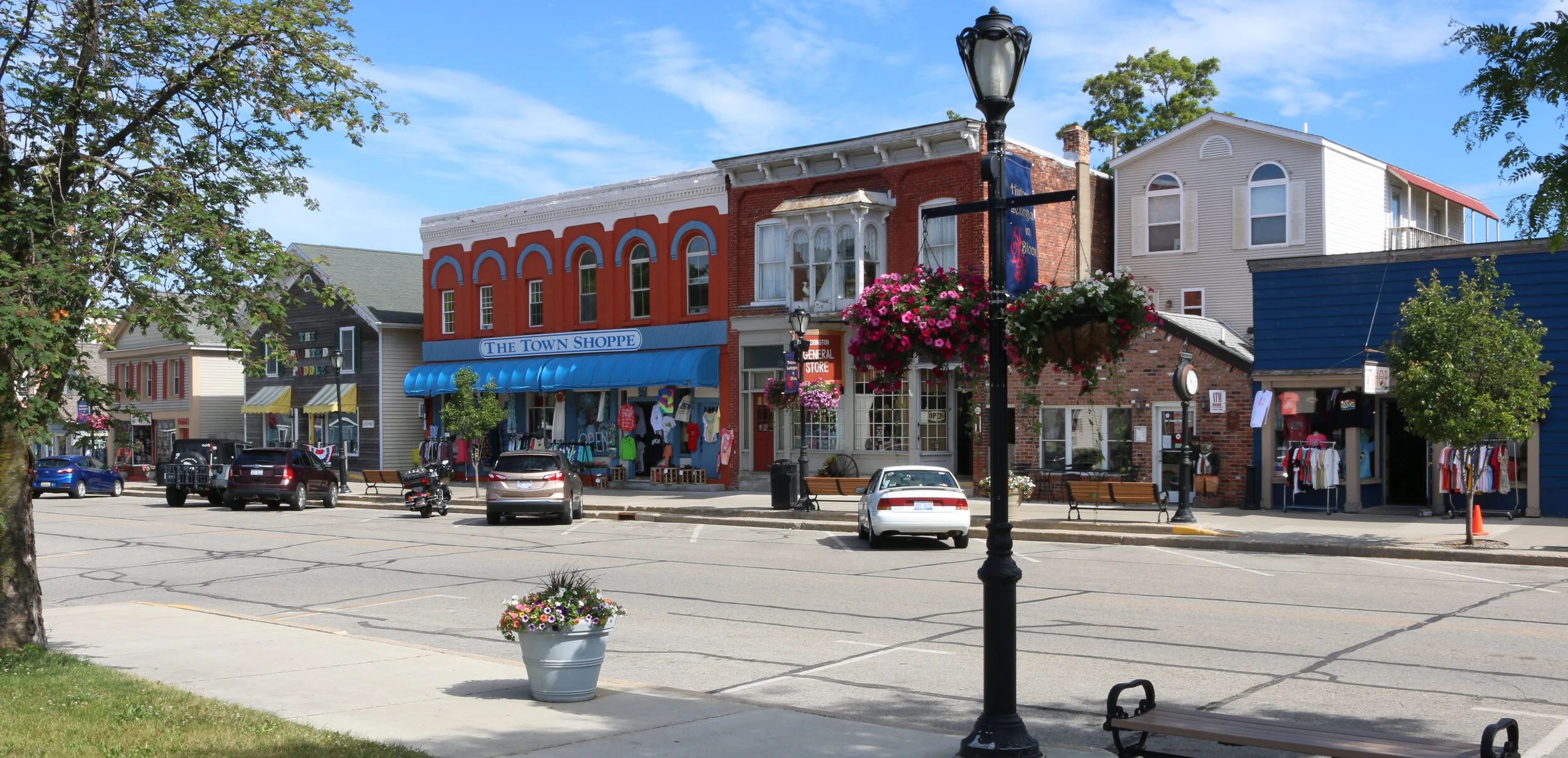“The Original Las Vegas” was founded along the Galinas River in 1835 in the midst of Mexican rule in the area and quickly grew as a popular stop on the Santa Fe Trail. It was on the Plaza in Las Vegas where Stephen Watts Kearny claimed New Mexico for the United States during the Mexican-American War in 1846. In 1879, the Atchison, Topeka and Santa Fe Railroad came to Las Vegas and the town quickly grew into one of the largest in the region. The New Mexico Normal School (now Highlands University) was established in 1893 and Fred Harvey built the Castañeda Hotel in 1898 as part of his hospitality empire in the southwest. Las Vegas hosted Teddy Roosevelt’s Rough Riders’ first reunion in 1899, a tradition that continued for many years. In more recent years, Las Vegas has been the filming location for many movies including No Country For Old Men, Wyatt Earp (with Kevin Costner), and perhaps most notably for me, Red Dawn where it served as the fictional town of Calamut (the massive “Calamut Says Howdy” mural is still a prominent feature downtown). I found Las Vegas to be a quiet, charming University town with some spectacular architecture, fascinating history and friendly people. It may be the “other Las Vegas”, but it’s a town not to be missed on your travels in New Mexico. I hope you enjoy these photos from wonderful Las Vegas, New Mexico.
Viewing entries tagged
Main Street
Heading out of Port Huron on my way to explore Michigan’s “Thumb”, Lexington was the first town I visited. It was so clean and pleasant that I had to stop and take some photos. They had some great little local businesses along Main and Huron Streets, a nice little harbor and a cool small-town vibe. It really is just a little beach town on the shores of Lake Huron, but it definitely seemed like a nice place to relax for a few days and probably a great town to live in. I hope you enjoy these photos giving you just a little snapshot of my brief stay in Lexington, Michigan.
Selma, Alabama is a stunning city. Rarely have I driven into a place on this whole journey where I have been more eager to jump out of my van and start taking photos. The downtown area is packed with historic buildings reminiscent of days gone by. The neighborhoods are full of old Victorian-era mansions that hark back to better days in the Queen City of the Black Belt. As in most of the Black Belt of Alabama, cotton was king during the antebellum period and Selma’s position right on the Alabama River made it a prime place for a thriving city. During the war, Selma was a major shipbuilding center and manufacturing town for the confederacy. The post-war years were difficult on Selma and race relations were strained way past the point of breaking as lynchings and intimidation were common occurrences. Selma became notorious during the Civil Rights Movement, especially on the topic of voting rights, and was the jumping off point for the Selma to Montgomery March. Driving or walking around Selma today, it is apparent that the city has seen better days. Buildings are crumbling and many of the old homes are boarded up and falling apart, but it doesn’t take a lot of imagination to picture what it once was. As in so many parts of the country, the economy in Selma is struggling and there aren’t enough jobs or money to go around. I hope for the best for the future of this beautiful city. You should definitely go for a visit, spend some time in the wonderful Selma to Montgomery National Historic Trail visitor center run by the National Park Service, walk across the Edmund Petus Bridge and then just go for a ramble and see what you can find. While at first glance you may think that “Queen City” is a bit grandiose, but the deeper you look the more appropriate you’ll find it. I hope you enjoy these photos from The Queen City of the Black Belt.




